In the pursuit of fitness and strength, it can be easy to get caught up in the grind of pushing yourself every day. Many people believe that consistent, daily training is the only way to achieve results. But in reality, rest is just as important as the time spent lifting weights or running sprints. Proper recovery is what transforms your effort in the gym into gains in strength, power, and endurance. Learning how to maximize muscle recovery and plan effective rest days is essential for long-term progress and preventing injuries.
Rest days are not about being lazy—they’re about giving your body the opportunity to heal, grow, and adapt to the stress you’ve put it under during training. Here’s how to make the most of your rest days and optimize your muscle recovery.
Why Rest Days Are Critical for Muscle Growth
When you perform resistance training, you’re creating microscopic tears in your muscle fibers. This sounds painful, but it’s actually a necessary part of building muscle. When these tiny tears repair, they grow back stronger and thicker, which ultimately leads to increased muscle mass and strength. However, this recovery process doesn’t happen during your workout—it happens during rest.
Rest days are when your body shifts from a catabolic state (breaking down muscle tissue) to an anabolic state (building up muscle tissue). Skipping rest days and continuously stressing your muscles can lead to overtraining, which often results in stalled progress, fatigue, and a higher risk of injury. Therefore, understanding the role of rest in muscle growth is crucial for any strength training program.
Types of Rest Days: Active vs. Passive
Not all rest days need to involve lying on the couch binge-watching your favorite show. There are different types of rest days, and incorporating both active rest and passive rest can help you stay on track without burning out.
Passive Rest Days
Passive rest days involve minimal physical activity, allowing your muscles to fully recover without additional strain. This is especially important after an intense workout session or when you feel overly fatigued. A passive rest day might involve activities like stretching, meditation, or simply taking it easy to let your body rest completely.
Active Rest Days
On the other hand, active rest days involve light, low-impact activities that increase blood flow without putting too much strain on your muscles. Activities like walking, yoga, swimming, or an easy bike ride can be perfect for an active rest day. These activities help keep your body moving and can enhance recovery by increasing circulation, which brings nutrients and oxygen to the muscles to speed up healing.
Tips for Optimizing Muscle Recovery on Rest Days
To truly maximize your muscle recovery, there are a few strategies that go beyond just taking a day off from intense exercise. Here’s how to get the most out of your rest days:
1. Prioritize Quality Sleep
Sleep is one of the most underrated elements of recovery. During sleep, your body releases growth hormone, which is crucial for muscle repair and growth. Aim for 7-9 hours of quality sleep each night, and ensure you have a consistent sleep schedule. Quality sleep helps reduce cortisol levels (a stress hormone that can hinder muscle growth) and boosts protein synthesis.
To improve your sleep, establish a calming pre-bedtime routine. Avoid screens at least an hour before bed, and create an environment that promotes relaxation—this might include a cool, dark room and a comfortable mattress. Consistent sleep is the foundation upon which all other recovery practices are built.
2. Stay Hydrated
Water plays a significant role in the recovery process, as it helps to flush out toxins and transport nutrients to your muscles. Dehydration can slow down recovery and increase muscle soreness. Make sure to drink enough water throughout the day, not just during your workouts. Electrolytes are also essential for muscle function, so consider consuming drinks that include sodium, potassium, and magnesium if you’ve been sweating heavily.
3. Fuel Your Body with Proper Nutrition
What you eat on rest days can have a huge impact on how effectively your muscles recover. Focus on high-quality protein sources like lean meats, fish, eggs, or plant-based proteins. Protein is essential for muscle repair, and getting enough of it will ensure your body has the building blocks it needs to recover.
Carbohydrates are also important, as they help replenish glycogen stores that may have been depleted during workouts. Whole grains, fruits, and vegetables are excellent sources of complex carbs that support recovery. Lastly, don’t forget about healthy fats from sources like avocados, nuts, and olive oil—these fats aid in reducing inflammation and supporting overall health.
4. Use Foam Rolling and Stretching
Foam rolling is an effective technique to relieve muscle tightness, reduce soreness, and increase mobility. Spending 10-15 minutes foam rolling your major muscle groups on rest days can help speed up recovery and improve flexibility. Pay extra attention to areas that feel tight or sore, but remember to move slowly and apply moderate pressure.
In addition to foam rolling, stretching is an excellent way to improve blood flow to the muscles and maintain flexibility. Focus on static stretches that target your entire body, holding each stretch for at least 20-30 seconds. Stretching helps alleviate tension in muscles and connective tissues, which can reduce the risk of injury in subsequent workouts.
5. Get Enough Protein Throughout the Day
Protein isn’t just for post-workout recovery—your body needs a consistent supply of amino acids to repair muscle tissue, especially on rest days. Consuming 20-30 grams of protein every few hours helps to maintain a positive nitrogen balance, which supports muscle growth. This could include meals like a chicken salad, a protein shake, or Greek yogurt with nuts.
6. Listen to Your Body
Rest days are also about tuning in to what your body needs. If you feel tired, sore, or mentally drained, give yourself permission to fully rest. Skipping a planned active rest day and taking a passive one instead might be exactly what your body needs. Recovery is not one-size-fits-all, and learning to listen to your body’s signals is crucial for preventing overtraining.
Avoiding Overtraining and the Signs to Watch For
Overtraining is a state where your body can no longer recover effectively from the demands of training. This can lead to a decline in performance, increased risk of injury, and even burnout. Rest days are crucial in avoiding overtraining, but it’s also important to recognize the signs when your body needs more rest.
Some signs of overtraining include:
- Chronic fatigue that doesn’t improve with sleep or rest.
- Persistent muscle soreness that lasts for days after workouts.
- Reduced performance or strength, even when you’re putting in the same effort.
- Insomnia or trouble falling asleep despite feeling tired.
- Increased irritability or mood swings.
If you notice these signs, consider scaling back on your training and incorporating more rest days until your body recovers. Remember, taking a break doesn’t mean you’re losing progress—it’s part of ensuring you continue to make gains in the long term.
Incorporating Rest Days into Your Weekly Schedule
The number of rest days you need will depend on your training intensity, experience level, and how well your body recovers. For most people, 1-3 rest days per week is sufficient, but this can vary based on personal factors.
- Beginners: If you’re new to strength training or intense workouts, start with 2-3 rest days per week to give your body enough time to adapt to the new demands.
- Intermediate to Advanced: Those who are more experienced may benefit from 1-2 rest days, but listening to your body is still key. The more intense your workouts, the more important effective rest becomes.
Try to balance your weekly routine by alternating training days with rest or active rest days. For example, if you train on Monday, Wednesday, and Friday, take Tuesday and Thursday as rest days—either passive or active—to maximize recovery.
The Role of Mental Recovery
Physical recovery is only one aspect of rest. Mental recovery is just as important, especially for those who train intensively. Training can be both physically and mentally taxing, and burnout is a real risk if you don’t take time to relax and destress. Engage in activities that help you unwind, such as reading, meditating, spending time in nature, or enjoying a hobby you love. Taking care of your mental health will make you feel more motivated and focused during training.
Tools and Technology to Enhance Recovery
Today, there are numerous tools and technologies designed to enhance muscle recovery. Devices like massage guns can help alleviate muscle soreness and improve blood flow, while compression sleeves can reduce inflammation. Wearable fitness trackers can also monitor your sleep patterns and overall recovery, providing insights into whether you’re well-rested enough for your next workout.
Additionally, cold and heat therapies—such as ice baths or saunas—can aid in muscle recovery. Cold therapy helps to reduce inflammation and relieve muscle soreness, while heat therapy promotes relaxation and increases circulation. Using these modalities on your rest days can accelerate the recovery process.
Maximizing muscle recovery is about giving your body the time and tools it needs to heal and grow stronger. Rest days aren’t an afterthought or a luxury—they’re an essential part of an effective fitness routine. By prioritizing sleep, hydration, nutrition, and appropriate rest, you’ll set yourself up for better performance, improved strength, and a healthier, more balanced approach to fitness.














